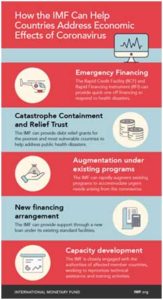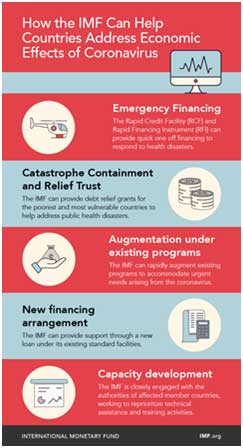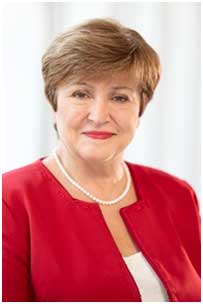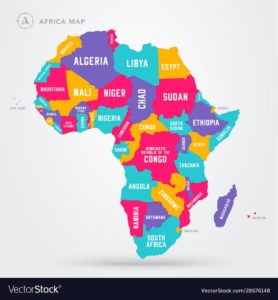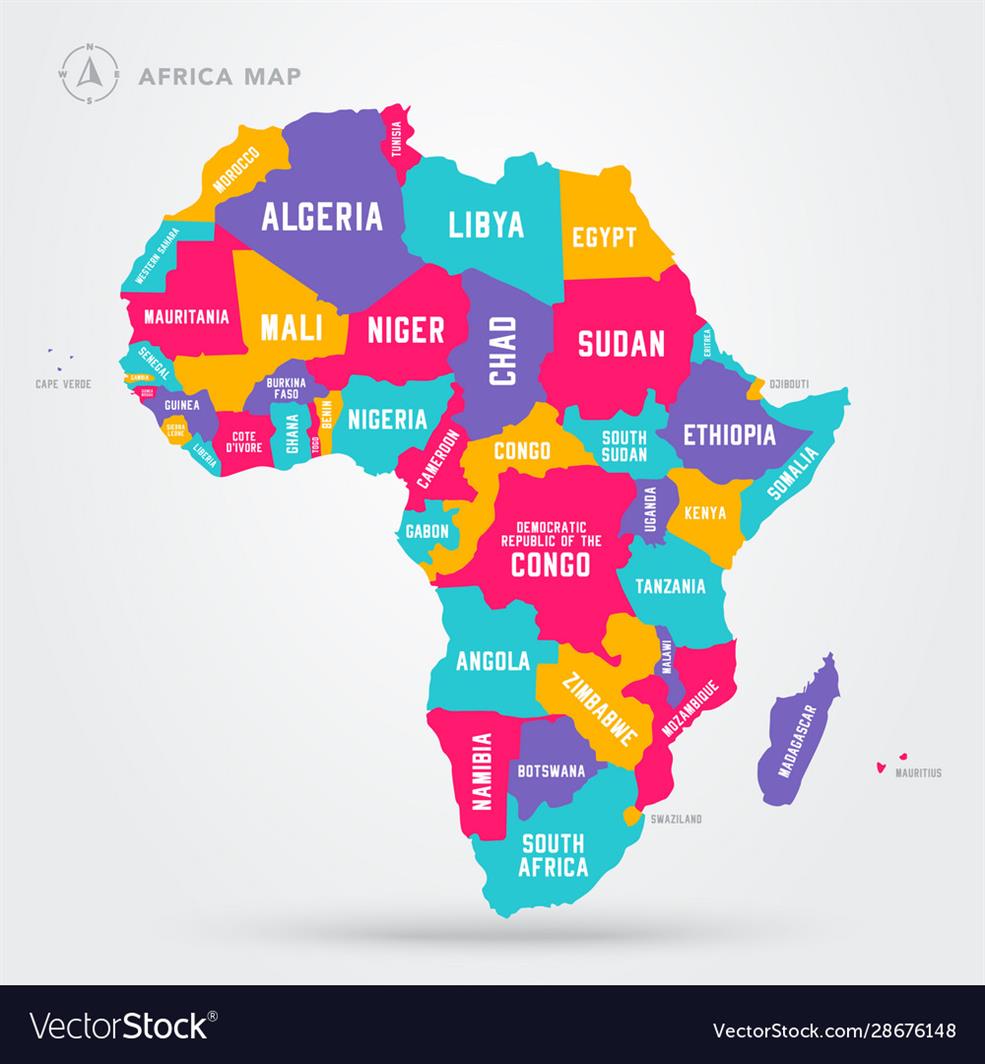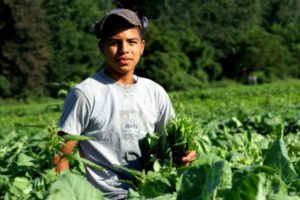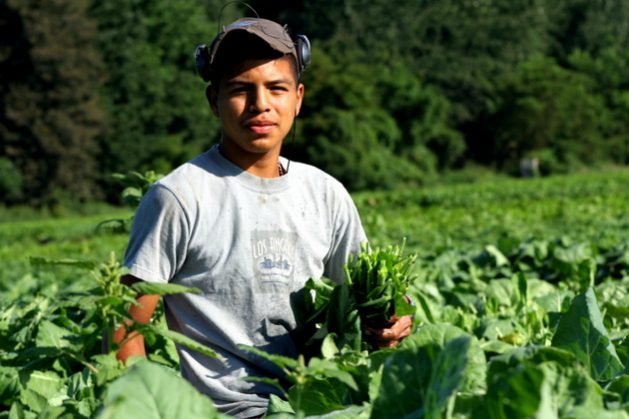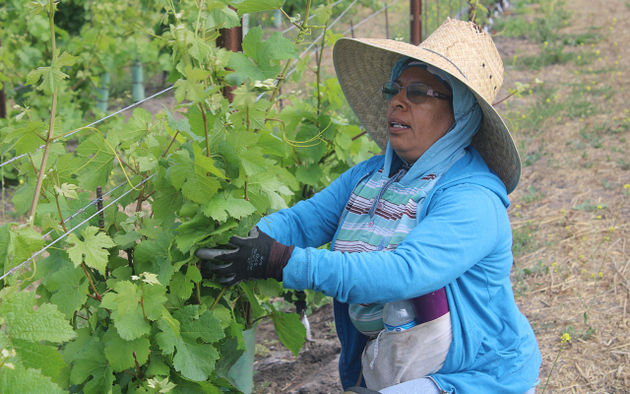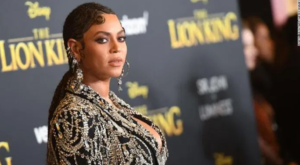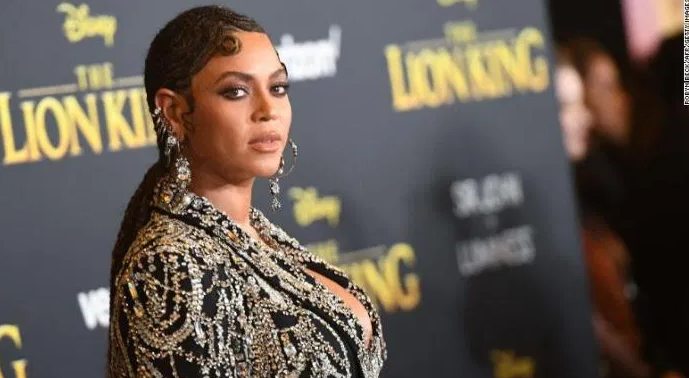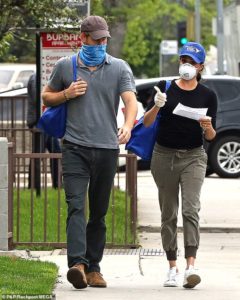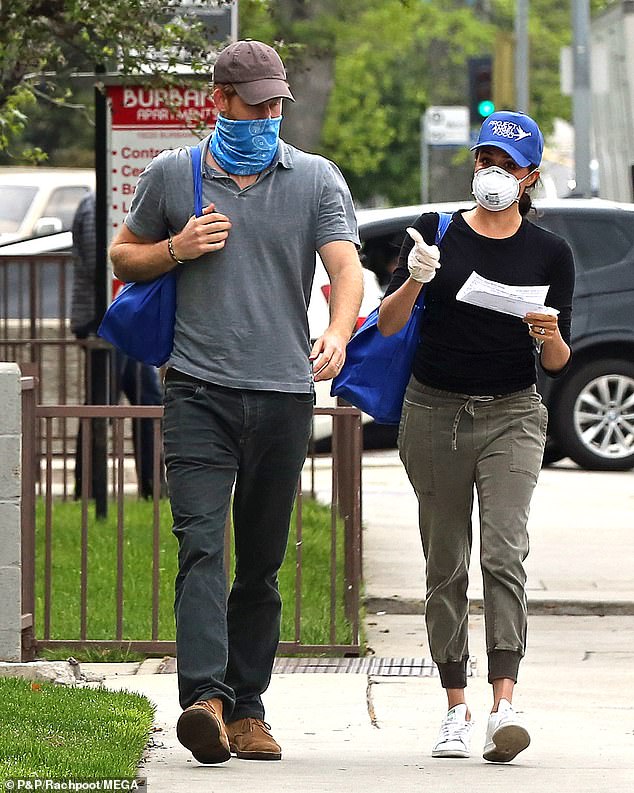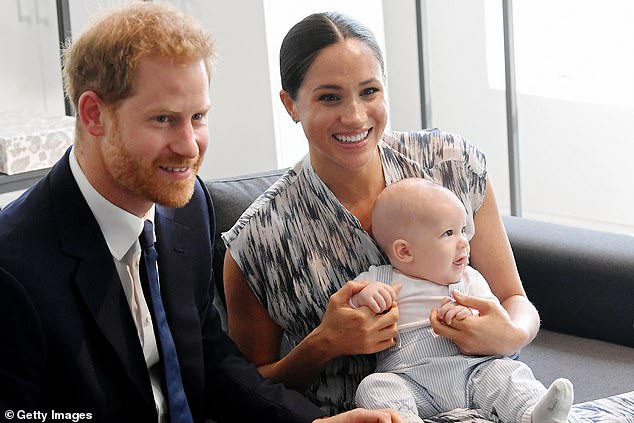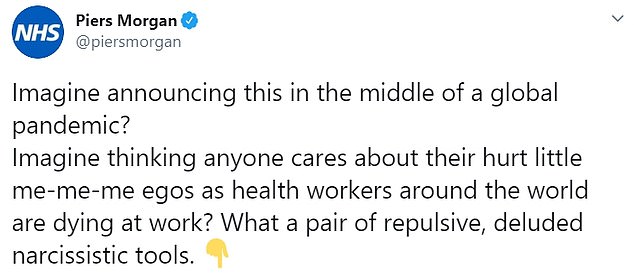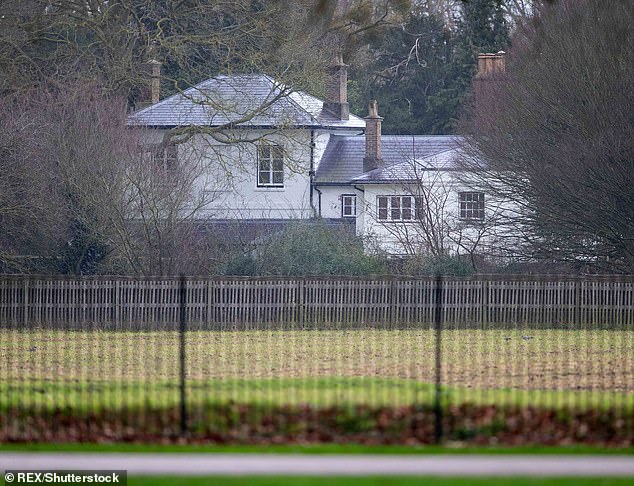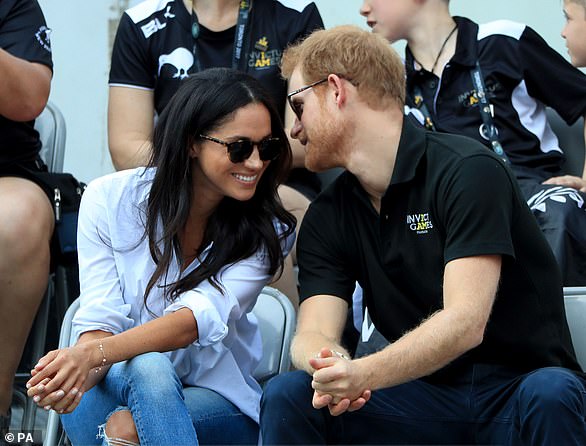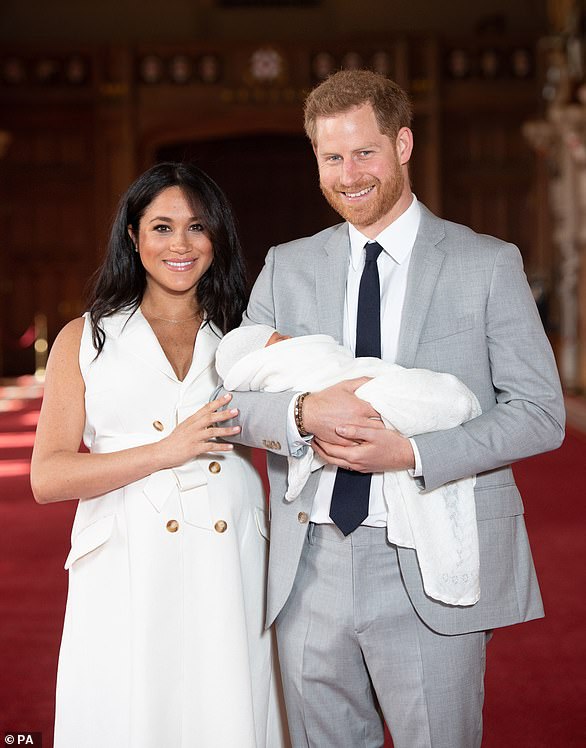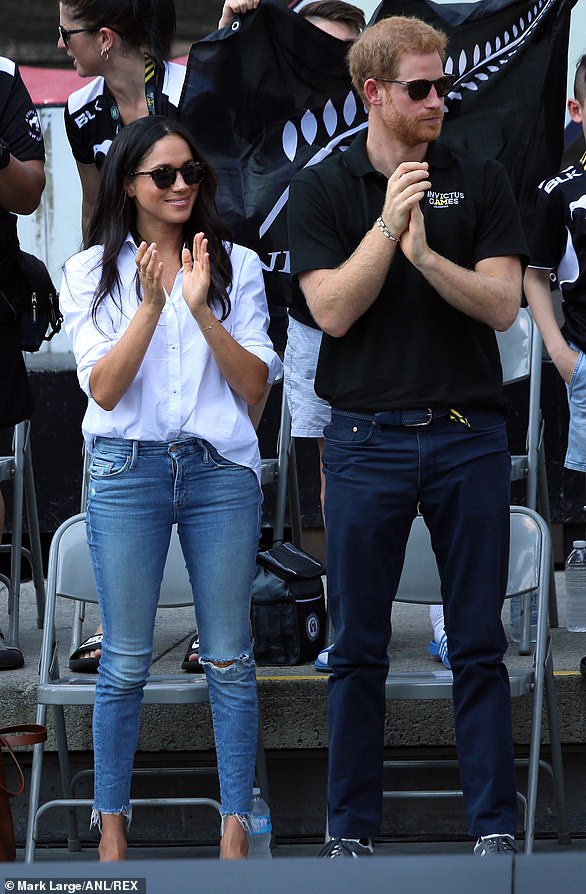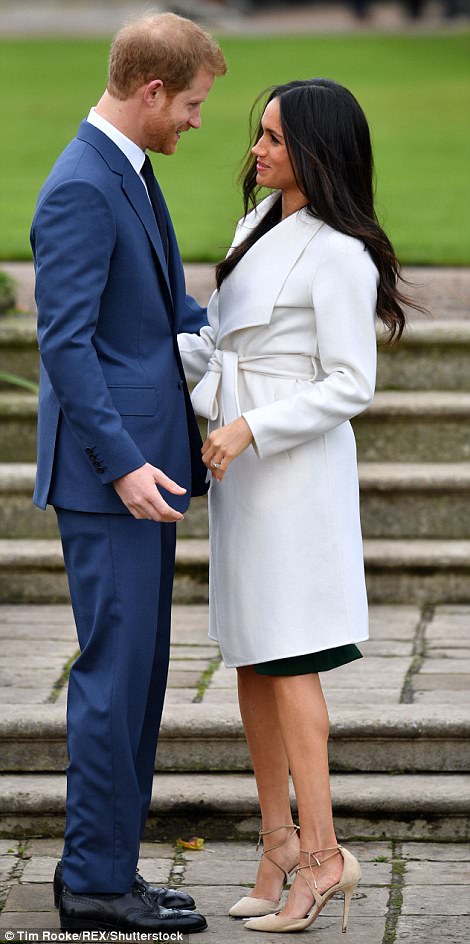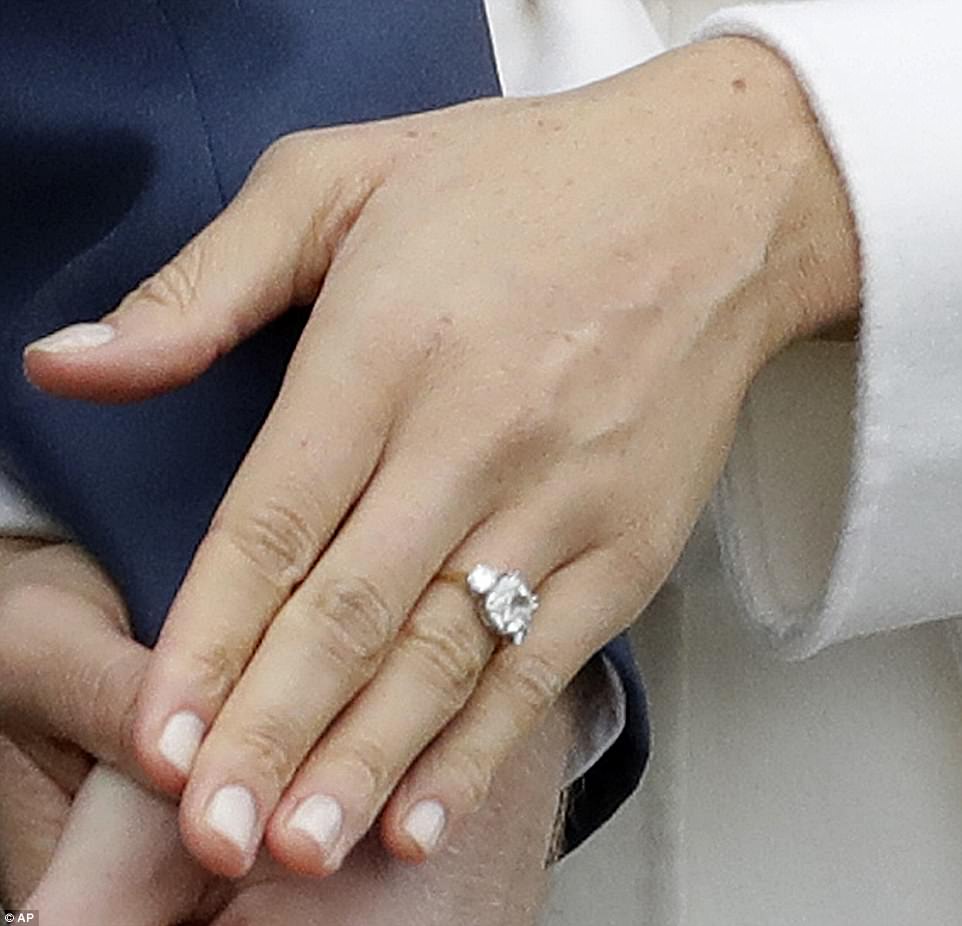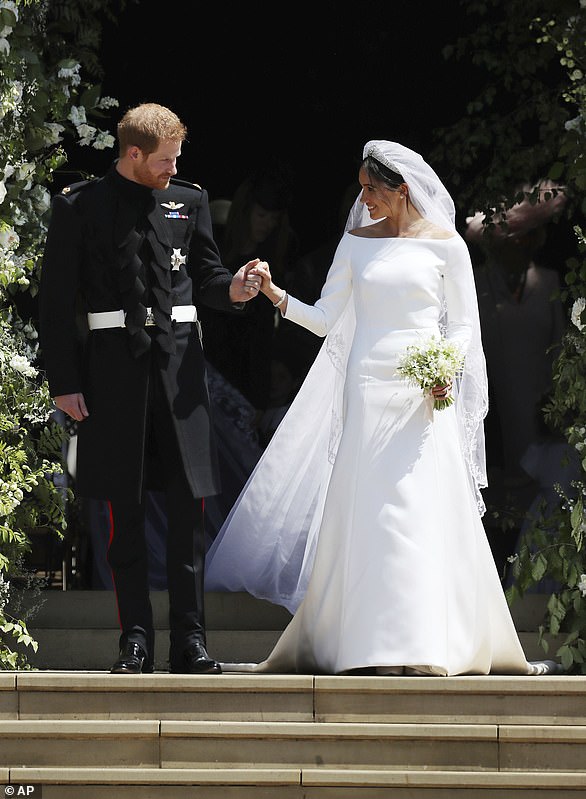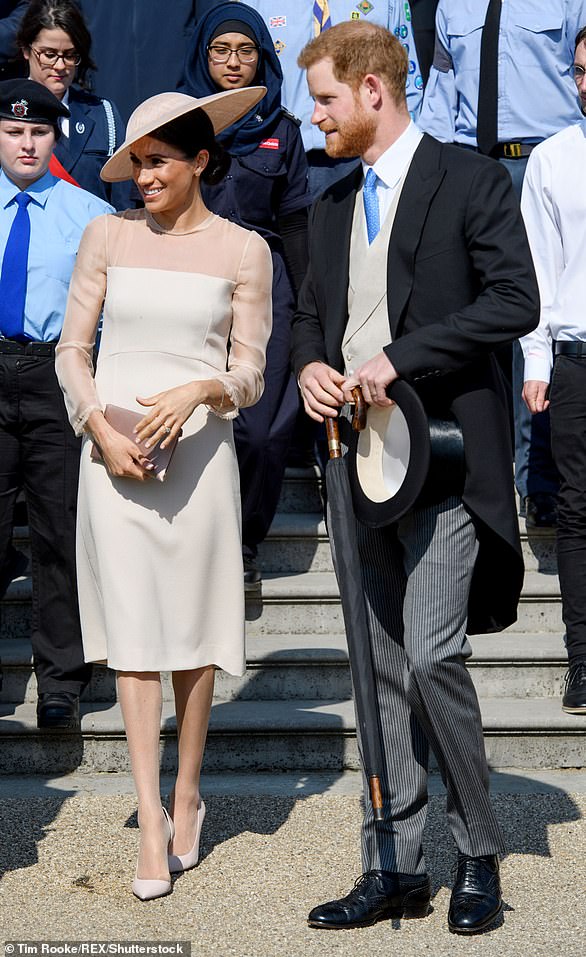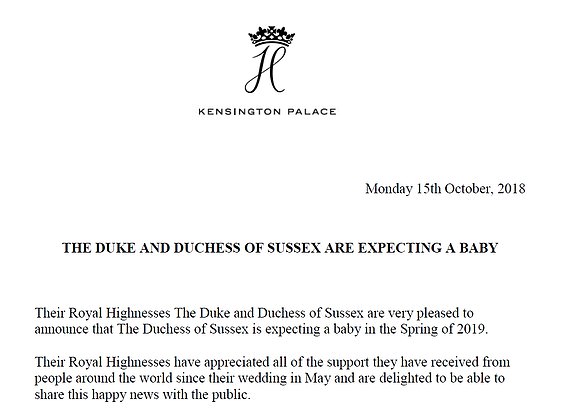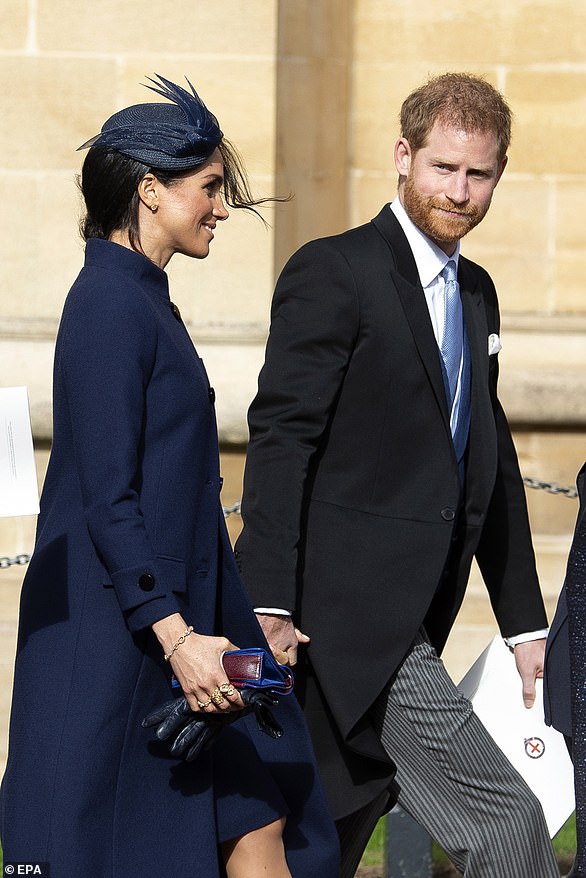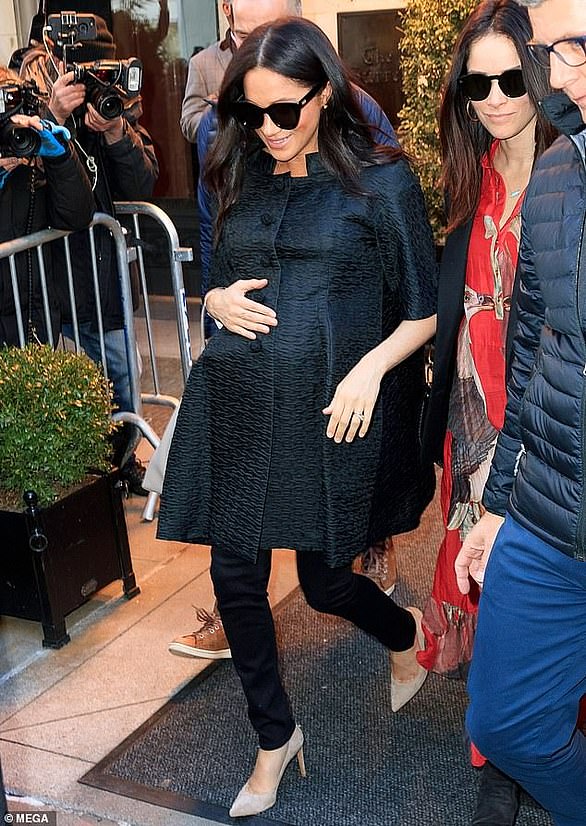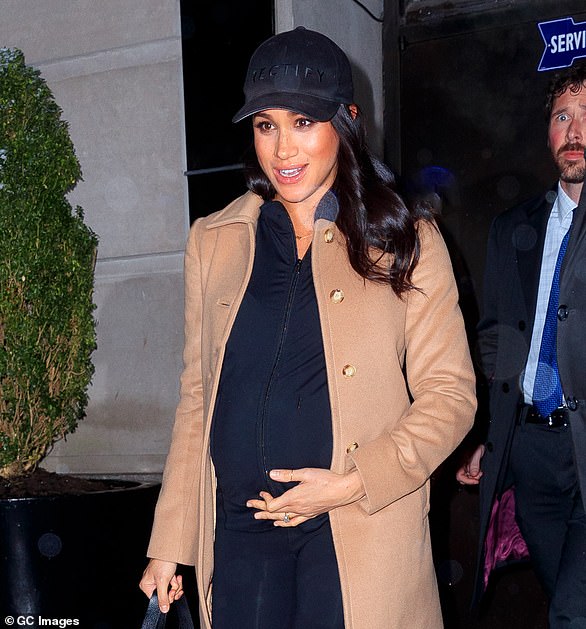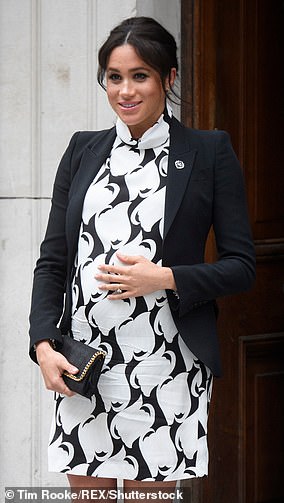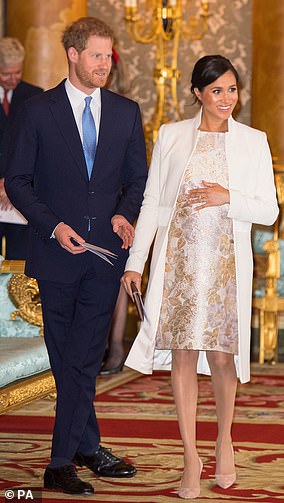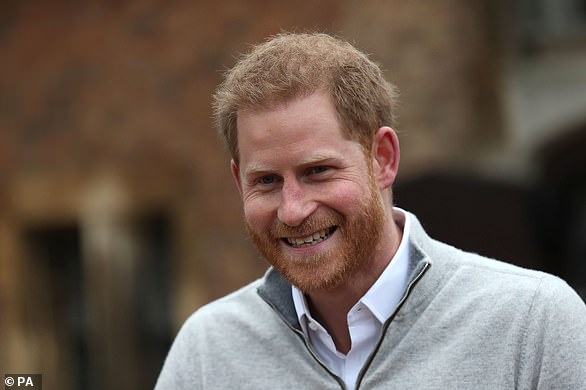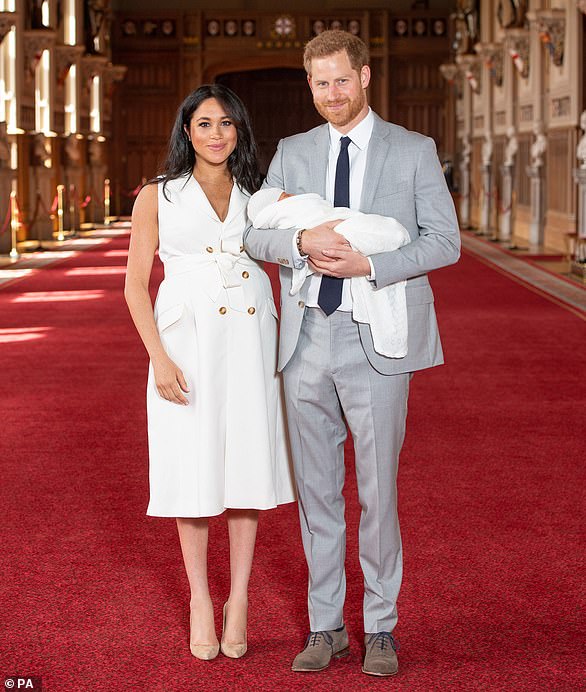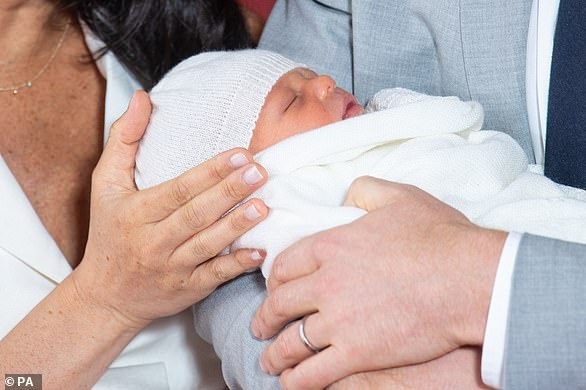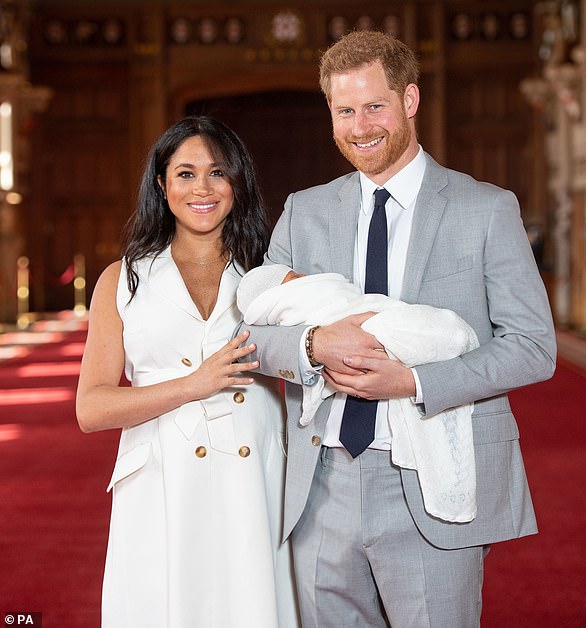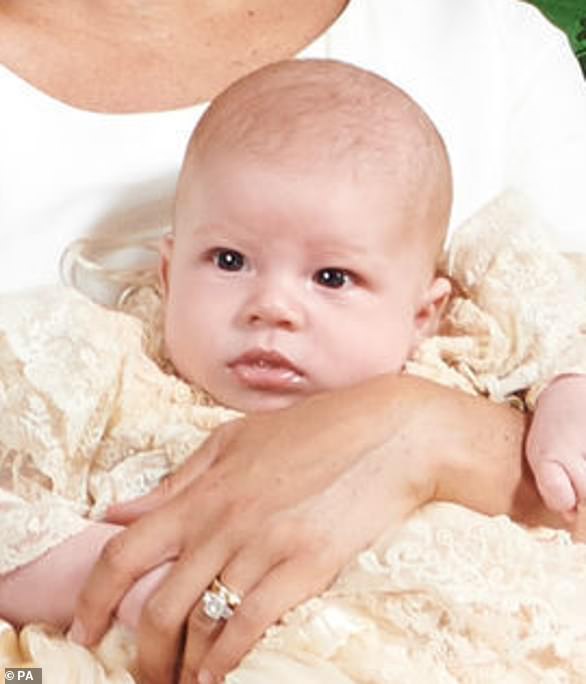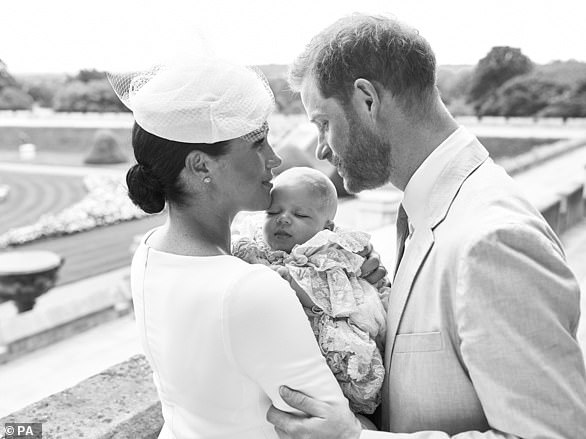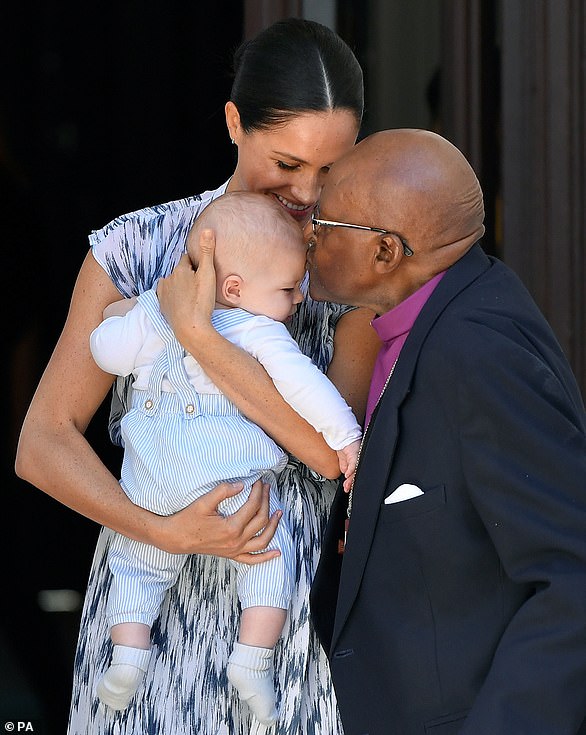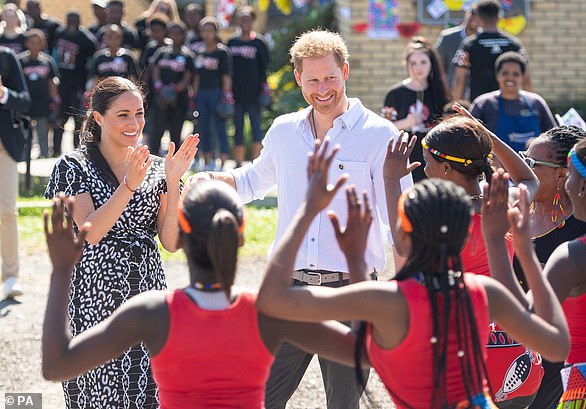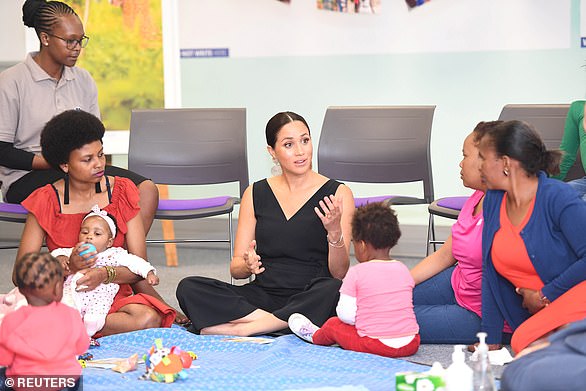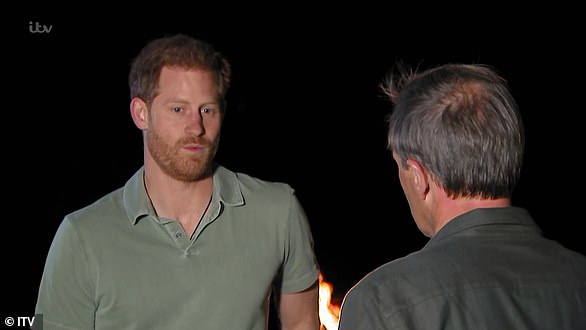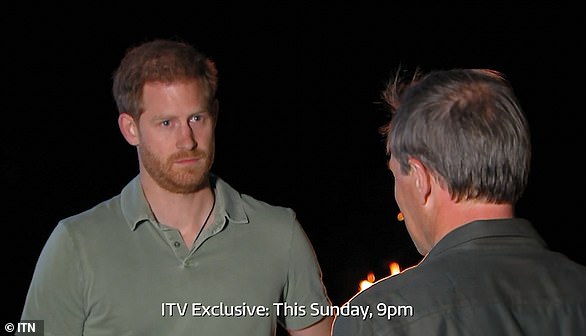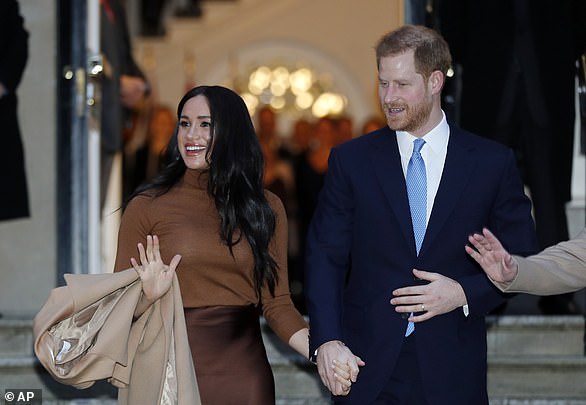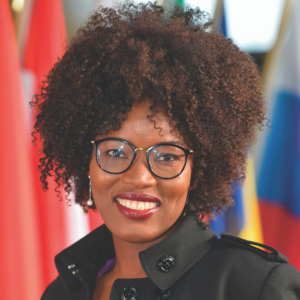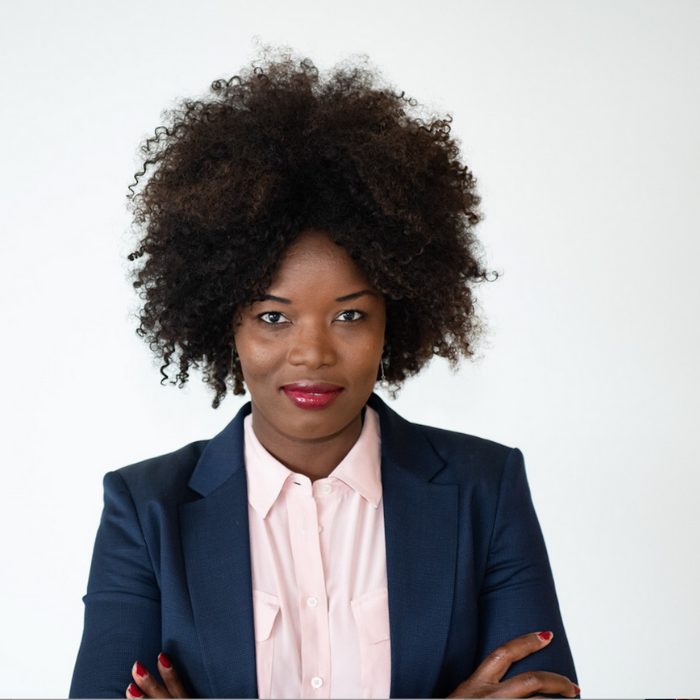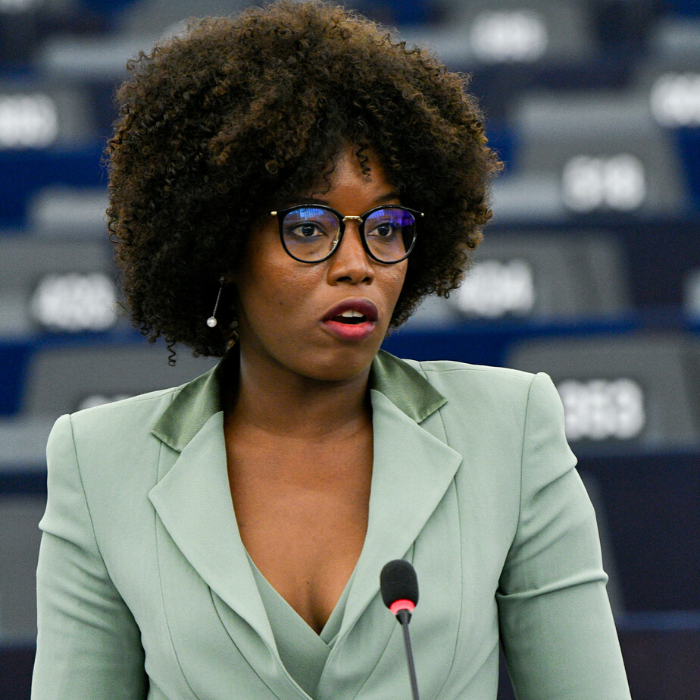Prince Harry and Meghan Markle have announced they will be stepping back as senior royals – after a whirlwind two years in the public eye.
The Duke, 35, and Duchess of Sussex, 38, who made their first ever appearance together at the Invictus Games in Toronto on 25 September 2017, have squeezed in endless memorable moments in the time that has followed.
Among their jam-packed schedule includes their official engagement announcement in November 2017, and the multi-cultural and US-influenced wedding that followed at Windsor Castle, on May 2018.
The star-studded day was filled with VIP guests and dominated by Hollywood stars including the Clooneys, the Beckhams, Idris Elba, Oprah Winfrey, Tom Hardy and James Corden.
Other highlights since their big day include Meghan’s lavish baby shower trip to New York, which is thought to have cost more than $500,000 (£380,000), Archie’s birth on 6 May 2019, and their 10-day tour of Africa as a family late last year.
Here, FEMAIL looks back at Prince Harry and Meghan’s relationship timeline.
Prince Harry and Meghan Markle watched Wheelchair Tennis at the 2017 Invictus Games in Toronto, Canada on 25 September 2017 – in what marked their first public appearance together
The Duke and and Duchess of Sussex with their baby son (Name later announced as Archie Harrison Mountbatten-Windsor), who was born on May 6 2019 during a photocall in St George’s Hall at Windsor Castle in Berkshire
FIRST PUBLIC EVENT, 25 September 2017
Hand in hand, Prince Harry proudly brought his then-girlfriend Meghan Markle to a highly public tennis match on 25 September 2017 at the Invictus Games in Toronto – marking their first official appearance together as a couple.
The Suits star made an intriguing outfit choice, sporting a a £221 (retailing for $185 in the States) white shirt named The Husband, designed by her friend Misha Nonoo whose former spouse went to Eton with William and Harry, along with sunglasses and ripped blue jeans.
Their appearance was seen as a sign that an engagement was on the cards for the couple, and within hours of them stepping out together bookies Ladbrokes suspended betting on an engagement announcement.
The love birds arrived, fingers entwined, to the Invictus Games semi-final, in full view of members of the public and photographers.
The couple put on a show of togetherness with Harry leaning close to chat to his then-girlfriend during proceedings on 25 September 2017
ENGAGEMENT ANNOUNCEMENT, 27 November 2017
Prince Harry told how he was ‘thrilled’ to be marrying Meghan Markle and admitted he knew the Suits star was ‘the one’ from ‘the first day we met’.
Meghan also showed the world her engagement ring designed by Harry himself containing two diamonds from Princess Diana‘s own personal collection set in a gold band.
Harry looked nervous but happy as they made their first public appearance since the announcement in the Sunken Garden at Kensington Palace, much loved by his late mother Princess Diana.
His fiancee stroked his arm lovingly as they spoke to reporters, who asked him: ‘When did you know she was the one?’ and he replied: ‘From the very first time we met’.
He refused to say how he proposed saying: ‘That will come later’ but when asked if it was romantic he said: ‘Of course it was’ – but the couple didn’t kiss for the cameras.
The prince said he was ‘thrilled, over the moon’ adding: ‘Very glad it’s not raining as well.’ Meghan said she was ‘so happy, thank you’ before they wandered back into Kensington Palace beaming.
The prince said he was ‘thrilled, over the moon’ adding: ‘Very glad it’s not raining as well’ and both were full of smiles as they posed at Kensington Palace
Meghan’s engagement ring’s two outer diamonds are from Diana’s own collection with a central diamond from Botswana – where they went on safari in September – all set within a gold band
THE ROYAL WEDDING, 19 May 2018
Meghan Markle married Prince Harry in a multi-cultural and US-influenced wedding at Windsor Castle on 19 May, 2018.
The newlyweds shared tears, laughter and a passionate kiss in front of their hundreds of VIP guests dominated by Hollywood stars including the Clooneys, the Beckhams, Idris Elba, Oprah Winfrey, Tom Hardy and James Corden.
Elton John, who sang at Princess Diana’s funeral in 1997, performed at the lunchtime reception hosted by the Queen in a poignant nod to Harry’s late mother.
All the senior British royals were also there to support the couple including Her Majesty the Queen, Prince Philip, Harry’s best man Prince William and his wife Kate, who brought George and Charlotte but left baby Louis with the nanny.
Meghan became the first mixed-race member of the royal family in an extraordinary journey for a girl born in LA to a white father and African-American mother who fought her way through the tough world of showbusiness to land a plum role in the TV series Suits.
Meghan Markle and Prince Harry walked down the steps of St George’s Chapel at Windsor Castle in Windsor, near London, following their wedding on May 19, 2018
FIRST OUTING AS THE DUCHESS OF SUSSEX, 22 May 2018
Meghan Markle made her first outing as the Duchess of Sussex on 22 May 2018 as the newlyweds arrived at Prince Charles’s 70th birthday party at Buckingham Palace.
The Duchess of Sussex was given a warm welcome into the family, with Prince Harry explicitly referring to the garden party as a ‘family celebration’ during his speech.
Harry and Meghan enjoyed only a brief private getaway following their wedding, and delayed their full honeymoon to honour the Prince.
But their newlywed energy was on full display as she rubbed her hand up and down her husband’s back as they made their way out.
The Duke and Duchess attended the Prince of Wales’ 70th Birthday Patronage Celebration at Buckingham Palace in London on 22 May 2018, which was their first official engagement following their wedding
PREGNANCY ANNOUNCEMENT AND FIRST ROYAL TOUR, October 2018
Meghan and Harry announced they were expecting in a statement via Kensington Palace on October 15, 2018.
The statement read: ‘Their Royal Highnesses The Duke and Duchess of Sussex are very pleased to announce that The Duchess of Sussex is expecting a baby in the Spring of 2019. Their Royal Highnesses have appreciated all of the support they have received from people around the world since their wedding in May and are delighted to be able to share this happy news with the public’.
The Queen and the Duke of Edinburgh said they were ‘delighted’ to be welcoming their eighth great-grandchild in a joint statement with Prince Charles, who became a grandfather for the fourth time when Baby Sussex was born.
Meghan’s mother, Doria Ragland said she was ‘very happy about this lovely news’ and ‘looks forward to welcoming her first grandchild’.
The Queen, the Duke of Edinburgh, Prince Charles and the Duchess of Cornwall and the Duke and Duchess of Cambridge were told in person at the wedding of Princess Eugenie and Jack Brooksbank at Windsor Castle two days prior.
The baby news was released in a statement by Kensington Palace saying the baby was due in Spring 2019
Harry and Meghan attended the wedding of his cousin Princess Eugenie in Windsor on 12 October 2018 (pictured) – where they told the Queen and the royal family they were expecting and she was wearing a wide fitting coat
Rumours were rife that Meghan may be pregnant after her mother Doria Ragland was seen taking baby-care classes in Pasadena with a view to looking after her new grandchild.
The news came as the couple were seen beaming as they touched down in Sydney to start their three-week tour of Australia, New Zealand, Fiji and Tonga – their first major international trip since they married in May.
They were later photographed holding hands in the grounds of Admiralty House, where the Queen stays Down Under, when their happy news was announced to the world.
Their 16-day tour of Australasia included a trip to Fiji and Tonga despite advice that pregnant women should not travel to the region because of its moderate Zika risk.
LAVISH BABY SHOWER, February 2019
At seven-months-pregnant, the Duchess of Sussex celebrated the impending arrival of her first child Archie with a lavish baby shower trip to New York, which is thought to have cost more than $500,000 (£380,000).
Meghan’s pricey – but privately-funded – party, which took place in a $75,000-a-night penthouse, included a flower arranging class for guests, using a variety of blooms from Upper East Side florist Lady Fleur.
Guests at the lavish baby shower left the intimate gathering with high-end gift bags filled with luxe leather tote bags filled with the royal’s favourite products.
According to People, Serena Williams, Amal Clooney, and Canadian stylist Jessica Mulroney were among the attendees who were gifted Cuyana leather totes that were filled to the brim with products, much like Oscars swag bags.
Meghan Markle celebrated the impending arrival of her first child Archie with a lavish baby shower trip to New York in February 2019
The Duchess of Sussex celebrated the impending arrival of the royal baby with a spectacular baby shower in New York, costing an estimated $500,000 (£380,000) in total
ARCHIE’S BIRTH, 6 May 2019
Prince Harry revealed his delight at baby Archie’s arrival during a TV statement in which he heaped praise on his ‘incredible’ wife.
The Duke of Sussex announced that Meghan had given birth at 5.26am to a boy weighing 7lbs 3oz, having been more than a week overdue.
Prince Harry gushed that the ‘little thing is absolutely to-die-for’ as he announced the news on after Meghan went into labour in the early hours.
Speaking from Windsor at the time, a visibly-excited Prince Harry shared his immense pride as he joked of getting just two hours’ sleep the night before, before calling the birth ‘the most amazing experience I could ever have possibly imagined’.
In a statement shortly after the birth was announced, Buckingham Palace said Meghan and her baby were ‘both doing well’, and that the Queen and other members of the royal family were ‘delighted’ with the news.
Meghan is pictured at King’s College, London in March (left) and with Harry at at Buckingham Palace in the same month (right)
Speaking hours after his wife went into labour, an overjoyed Prince Harry (pictured) revealed that his wife had given birth to a healthy baby boy
FIRST PICTURES OF BABY ARCHIE, 8 MAY, 2019
Meghan and Harry made their first public appearance with baby Archie in the grounds of Windsor Castle, two days after he was born.
The move differed from the announcement of royal babies in the past, where new mothers had shown off their newborns on the steps of the hospital where they were born.
The baby boy was lovingly cradled by his adoring father and watched attentively by Meghan, who was herself pictured for the first time in over a month since withdrawing from public life ahead of the birth.
The couple appeared to be beside themselves with joy, giggling and looking into each other’s eyes as they spoke, while Harry could not resist sneaking a peek down at his son as he apparently slept.
Speaking from inside the majestic St George’s Hall at Windsor Castle, a radiant Meghan declared: ‘It’s magic, it’s pretty amazing. He’s just been the dream so it’s been a special couple of days.
The world was given its first ever glimpse of the Duke and Duchess of Sussex’s newborn son on 8 May 2019 as his beaming parents finally showed off their ‘own little bundle of joy’ to millions of royal fans across the globe
Baby Sussex (pictured) made his very first public appearance at a photocall alongside a thrilled Prince Harry and Meghan in the grounds of Windsor Castle
‘I have the two best guys in the world so I’m really happy. He has the sweetest temperament, he’s really calm.’
As they both laughed, Harry said: ‘I don’t know who he gets that from.’
Asked who the baby takes after, Meghan said: ‘We’re still trying to figure that out.’
Harry said: ‘Everyone says that babies change so much over two weeks we’re basically monitoring how the changing process happens over this next month really. But his looks are changing every single day, so who knows.’
Asked how he found parenting, Harry added: ‘It’s great. Parenting is amazing. It’s only been two and a half days, three days, but we’re just so thrilled to have our own little bundle of joy.’
Harry said they were looking forward to spending some ‘precious times with him as he slowly, slowly starts to grow up.’
Asked about going to see the Queen and the Duke of Edinburgh, Meghan said: ‘We just bumped into the duke as we were walking by which was so nice. So it’ll be a nice moment to introduce the baby to more family and my mum’s with us as well.’
The Duke and Duchess of Sussex are pictured with their baby son in the majestic setting of St George’s Hall at Windsor Castle today
CHRISTENING: JULY, 2019
Archie Mountbatten Windsor was christened exactly two months after he was born on July 6, last year.
The young royal was pictured sitting on the lap of his mother, the Duchess of Sussex, as she nestled into the shoulder of his father, the Duke of Sussex.
The image, shot against the opulence of Windsor Castle’s Green Drawing Room, was one of warmth and family joy.
Archie did not be take an HRH title at the request of his parents but he did, however, enjoy all the trappings of a Royal christening.
This official christening photograph released by the Duke and Duchess of Sussex shows the Duke and Duchess with their son, Archie and (left to right) the Duchess of Cornwall, The Prince of Wales, Ms Doria Ragland, Princess Diana’s sisters Lady Jane Fellowes, Lady Sarah McCorquodale, The Duke of Cambridge and The Duchess of Cambridge in the Green Drawing Room at Windsor Castle
Finally baby Archie’s face is revealed! The stunning snap shows off the adorable royal, with the little boy being held by mother Meghan Markle
He was wearing the cascading ivory Honiton lace and satin gown used for all Royal babies’ baptisms since the reign of Queen Victoria. The one Archie wore is a 2008 copy of the 1841 original, and was handmade by the Queen’s dresser Angela Kelly.
The ceremony was performed by the Archbishop of Canterbury, Justin Welby, using the silver gilt Lily Font. Commissioned in 1840 by Queen Victoria and Prince Albert for the birth of their first child, it is part of the Crown Jewels and had been brought from the Tower of London for the occasion.
The names’ of Archie’s godparents have never been revealed, but Prince Harry’s former nanny Tiggy Legge Bourke was among the 25 guests at the private event, sparking speculation she was godmother.
In the main picture, Archie is flanked by three of his proud grandparents, the Prince of Wales, the Duchess of Cornwall and Meghan’s mother Doria Ragland
In a touching tribute to Harry’s mother, Princess Diana’s sisters Lady Jane Fellowes and Lady Sarah McCorquodale were prominent in the official picture.
In the second image, which was black and white, Meghan was seen gazing into Harry’s eyes as the proud father looked down at Archie, while placing a hand on his wife’s arm.
A second shot in black-and-white shows Meghan dressed in white gazing into Harry’s eyes as she cradles baby Archie and her proud husband looks at their baby son. Windsor castle’s Rose Garden can be seen in the background
Prince Harry’s former nanny Tiggy Legge Bourke was among the 25 guests at the private event in Windsor today, sparking speculation she could be one of Archie’s godparents
TOUR OF AFRICA WITH BABY ARCHIE, September 2019
At the request of the Foreign and Commonwealth Office, Harry and Meghan visited South Africa, Malawi, Angola and Botswana between September 23 and October 2, 2019.
The royals took baby Archie, who was just four months at the time, along with them on the trip.
During their visit they unveiled three new Queens Commonwealth Canopy projects, protecting forests and planting trees, and worked with the British Government to announce investment of £8m in technology and skills in the region.
The Duke also travelled to Angola to focus on the ongoing mission to rid the world of landmines – following in the footsteps of the work that was pioneered by his mother, Diana.
But the highlight of the trip was when baby Archie made his first appearance by meeting one of the heroes of the anti-apartheid movement, Archbishop Desmond Tutu.
The Sussexes released adorable footage of them carrying their four-month-old, with the caption, ‘Arch meets Archie!’.
A video posted to their Instagram account shows the couple beaming as Meghan holds little Archie – who giggles at his mother – as they are greeted by Archbishop Tutu and his daughter, Thandeka Tutu-Gxashe.
Meghan joked with the Archbishop’s daughter Thandeka Tutu Gxashe that the little royal would have to get used the cameras in his life, while Ms Tutu Gxashe joked little Archie was ‘going to be a ladies’ man’.
The veteran Nobel Peace Prize-winning anti-apartheid campaigner – who effectively became the leader of the liberation struggle during Nelson Mandela’s long imprisonment – said he was ‘thrilled by the ‘rare privilege and honour’ to meet the royals.
The Duke and Duchess of Sussex took Archie on a tour of South Africa, Malawi, Angola and Botswana between September 23 and October 2, 2019. Pictured, during a meeting with Archbishop Desmond Tutu in Cape Town on 29 September 2019
The Duke and Duchess of Sussex met a group of dancers at the Nyanga Township in Cape Town, South Africa, on the first day of their tour of Africa on Monday September 23
Meghan met health workers and families during a visit to the mothers2mother charity organisation in Cape Town
THE ITV DOCUMENTARY THAT FOLLOWED, 20 October 2019
In Tom Bradby’s hour-long documentary, ‘Harry & Meghan: An African Journey’, which followed the royal couple during their official tour of Africa, Prince Harry admitted that he and William are travelling on ‘different paths’ in the first public acceptance of a rift between the brothers.
In a candid interview, the Duke of Sussex acknowledged there had been deepening tensions between himself and William, following months of speculation about the state of the brothers’ relationship.
He made the comments in a TV documentary broadcast where he also attacked the press over the public scrutiny that he and wife Meghan Markle have faced.
Harry said: ‘I will not be bullied into playing a game that killed my mum.’
The 35-year-old initially laughed in response to the question, then added: ‘Part of this role, part of this job and this family being under the pressure it is under, inevitably stuff happens.
‘But look, we are brothers, we will always be brothers. We are certainly on different paths at the moment but I will always be there for him and, as I know, he will always be there for me.’
He added: ‘We don’t see as much as we used to because we are so busy but I love him dearly and the majority of stuff is created out of nothing.
‘As brothers, you have good days, you have bad days.’
Harry said spoke about his struggles with mental health and how the death of his mother affected him during the ITV documentary
Prince Harry refused to deny reports of a rift between himself and brother William in a candid interview
FINAL ENGAGEMENT BEFORE STEPPING BACK AS SENIOR ROYALS, 7 January 2020
The Duke and Duchess of Sussex leave after visiting Canada House in London yesterday, after their recent stay in Canada
Yesterday marked Prince Harry and Meghan’s final appearance before they made the decision to step back as royals.
The Duke and Duchess of Sussex held hands and walked closely next to each other as they visited Canada House to meet the country’s High Commissioner in London, Janice Charette.
They were warmly greeted by Ms Charette and her deputy Sarah Fountain Smith, after saying they wanted to meet staff to ‘thank them for the warm Canadian hospitality and support they received during their recent stay’.
Meghan wore a mix of tans and camel colours for her appearance – pairing a coat from Reiss with a polo neck and £85 skirt from Massimo Dutti.
The Duchess was joined by Prince Harry at their first public appearance which marked the end of their six-weeks hiatus from royal duty – where they thanked the people of Canada for hosting their private holiday.
